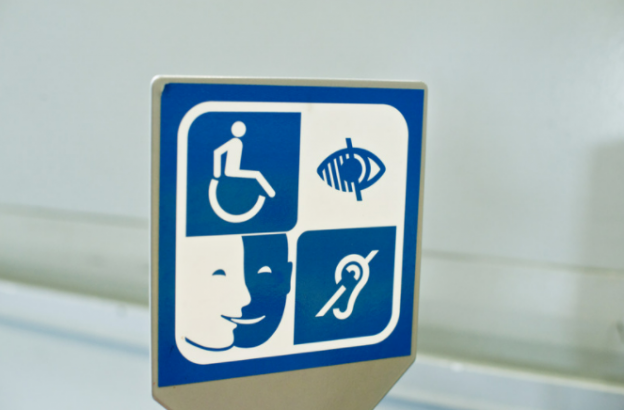Through the provision of wellness centers, healthcare incentives and lifestyle coaching, more top companies are being recognized for creating inclusive and accessible workspaces for all their workers, including those with disabilities. While not all businesses are in a position to offer these types of facilities, in any office, even very simple changes to the layout can enable an employee with disabilities to fulfill their role safely and reach their potential at work. Many adjustments only involve minor changes and cost very little. For employers, the benefits of maintaining an accessible and welcoming office include being able to widen their choice of potential applicants and reduce staff turnover rates. With greater awareness of both visible and hidden disabilities, the office can be made a safe and inclusive workplace, where all employees are able to flourish and overall performance is improved.
Adapting Offices for People with Physical Disabilities
The Americans with Disabilities Act (ADA) requires all employers to make reasonable accommodations for disabled workers where possible. These can include providing designated parking spaces, adding ramps and widening doorways to provide easier access for wheelchair users. Many individuals with common motor disabilities such as MS or cerebral palsy who require the use of a wheelchair can still have an active and productive work life as long as they have full access to their office and the appropriate equipment they need in order to carry out their job. For anyone living with cerebral palsy, CP Family Network provides resources and support to help them manage their condition. When practical support is further extended to the workplace through the provision of a larger cubicle space, adaptive keyboards, and accessible restroom facilities, more people with physical disabilities are able to succeed in the office environment.
Making Adjustments for Employees with Hidden Disabilities
Not all issues experienced by people with conditions such as cerebral palsy are obvious to their coworkers and this is also true of many other workers with hidden disabilities. Roughly 10% of people have an invisible disability and, in an office setting, their condition may have an impact on the way they handle their workload or interact with colleagues. By being more aware of a wide range of invisible conditions from dyslexia to depression, employers can offer the appropriate support to their workers. This can include creating a nurturing environment where employees feel comfortable talking about their issues, and then providing practical adjustments to enhance productivity. Often very simple physical modifications to office design and technology can make a significant difference. Covered overlays can improve reading efficiency in someone with dyslexia while a quiet and private space to work may be required by an employee with sensory issues.
As well as complying with legal requirements, employers who create an inclusive and physically accessible office offer all their employees a better chance to reach their potential at work. Simple adaptive measures can make a significant difference to an individual’s capabilities at work and so enhance overall team performance.


